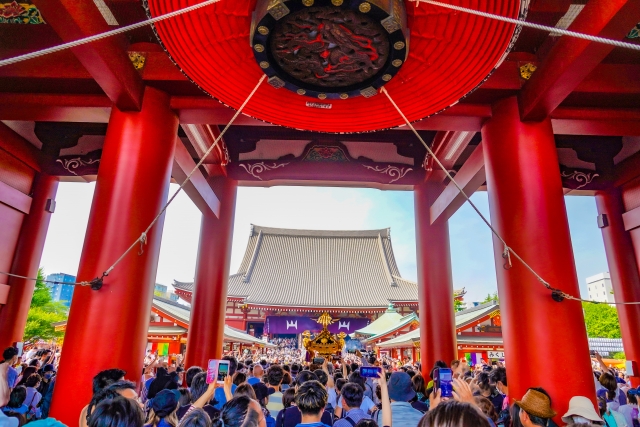Matsuri—Japanese festivals—are vibrant gatherings where communities celebrate the seasons, give thanks, and come together in joyful spirit.
From the thunder of taiko drums and the glow of paper lanterns to the aroma of sizzling street food, a matsuri is less a performance than a living tradition that welcomes locals and visitors alike.
What Is a Matsuri?
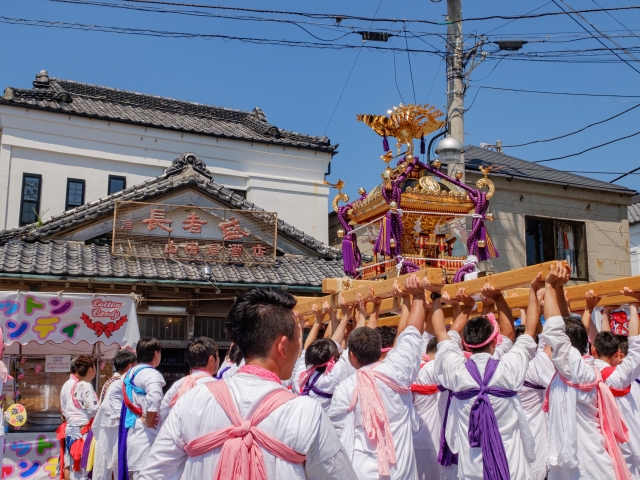
At its heart, a matsuri is a community celebration often connected to a shrine, a seasonal milestone, or local history.
While rooted in tradition, festivals are remarkably open: streets fill with music, dancers form circles you can join, and neighborhoods proudly showcase their unique styles.
So Many Styles, So Much Energy
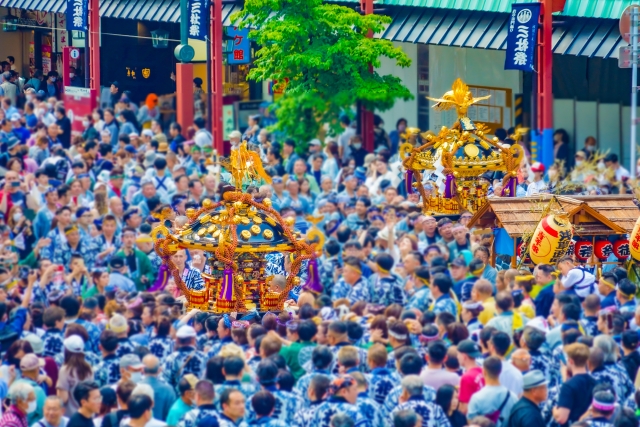
Japan’s festivals are wonderfully diverse. You’ll see mikoshi—portable shrines—carried on shoulders through narrow streets; floats (some on wheels) rolling by to the beat of drums; raucous festivals where floats are pushed, spun, or even crashed into each other; and fiery rites where sacred objects are symbolically burned to purify and renew.
Daytime can feel like a neighborhood parade—night brings a magical shift: lanterns glow, chants rise, and the crowd moves as one.
Street Food & Stalls
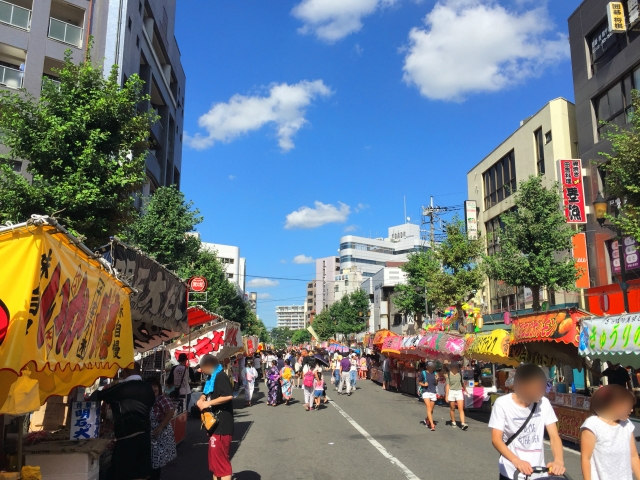
Most matsuri feature rows of yatai (food stalls): yakisoba, takoyaki, grilled corn, shaved ice, candy apples, and more. Game stalls offer goldfish scooping or ring toss for kids.
It’s casual, delicious, and social—the snack-in-one-hand, cheer-with-the-other kind of evening.
Joining the Festival
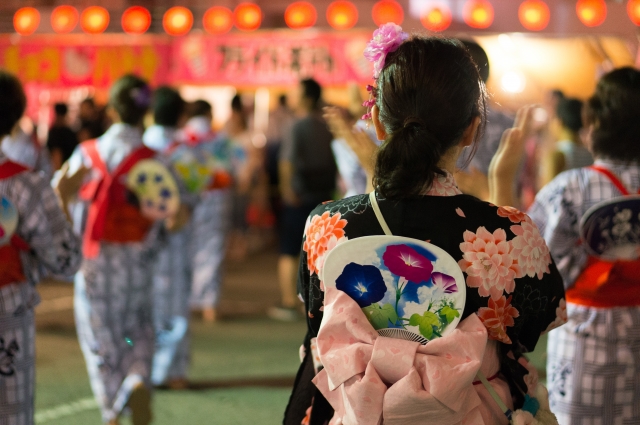
Matsuri aren’t just for watching—many invite participation. You might rent a yukata in summer, learn simple dance steps, or join a chanting crowd as the procession passes.
If you’re new, observe first, then follow the rhythm: locals are usually happy to guide respectful visitors.
Festival Etiquette & Practical Tips
1. Dress and Footwear

Expect long walks and plenty of standing. Wear comfortable shoes. In summer, prepare for heat—bring a hat, water, and a small towel.
In winter, dress warmly and choose shoes with good traction for icy streets.
2. Photography
 Many scenes are fine to photograph, but avoid flash during sacred rituals or dances with religious meaning.
Many scenes are fine to photograph, but avoid flash during sacred rituals or dances with religious meaning.
When unsure, step back and observe first—it’s always appreciated.
3. Around the Mikoshi and Floats

Never block a mikoshi or float, and don’t touch them without permission. Handlers carefully coordinate movement for safety. Always give them room to pass.
4. Cash Only

Yatai food stalls usually accept cash only. Touch or card payments are rarely available, even in big cities. Bring small bills and coins to make quick, smooth purchases.
5. Public Manners

Line up neatly, keep your voice moderate near shrines, and carry your trash until you find the proper bins.
Respecting these small rules helps keep the joyful atmosphere for everyone.
6. Hydration and Pacing

Summer festivals can be hot and crowded.
Stay hydrated, rest when needed, and enjoy the rhythm of the event rather than rushing through it.
The Spirit Behind the Celebration
Beyond the excitement, matsuri express gratitude—to nature, to ancestors, and to the community that keeps traditions alive. That spirit is what makes a festival feel both intimate and welcoming.
Whether you sway with the dancers, cheer on a mikoshi team, or savor a festival snack under lantern light, you’re sharing in a living culture that turns ordinary streets into extraordinary memories.

